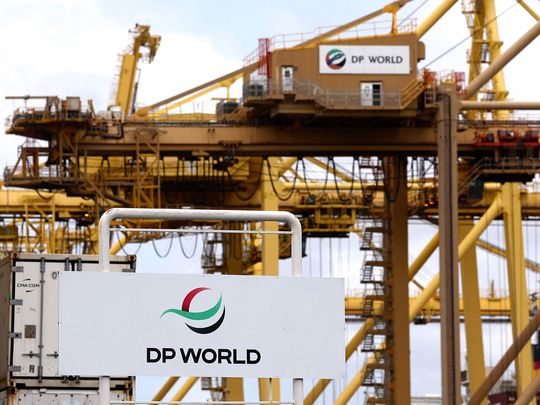DP World Identifies Long-Term Climate Risks to Its Global Port Operations
In a groundbreaking study conducted in collaboration with Juniper Intelligence and Guidehouse, DP World has highlighted the potential climate challenges that could impact its global port and terminal operations not just in the short term, but all the way through the end of the century.
The study considered three climate case scenarios, varying from low to high carbon intensity, and assessed the potential impact of six hazards – floods, rain, wind, heat, cold, and hail – on 50 ports and terminals worldwide.
The findings revealed that the current direct physical climate risk to DP World’s network of ports and terminals is “minimal,” representing less than 0.4 percent of the company’s 2021 revenues from these operations. However, the risk is anticipated to “remain stable until around 2050,” coinciding with the timeline for many countries to achieve their net-zero carbon targets.
Looking beyond 2050, particularly under a high-carbon scenario, the study indicated a “more complex picture” with increased risks stemming from rising sea levels, flooding, and extreme heat.
Tiemen Meester, Group Chief Operating Officer of Ports & Terminals at DP World, emphasized the importance of adopting a forward-looking, data-driven approach to tackle upcoming challenges, stating that it is the collective responsibility of the industry to keep carbon scenarios at the lowest possible level.
In light of these findings, DP World plans to make better investment decisions based on the climate risk data, particularly for major projects such as the new 2.19 million TEU/year container terminal at Tuna Tekra in India. The company aims to use the data to improve its understanding of various issues, from infrastructure design considerations to addressing increased demand for air conditioning due to extreme heat episodes.
Meester further emphasized the critical role of trade in the world’s economic success, stressing the importance of taking proactive steps to evaluate and manage the risks associated with climate change. He also highlighted the potential for advances in climate modeling to enhance private sector involvement in building resilience and promoting a sustainable future for global trade.
DP World’s existing ports and terminals are already designed to withstand certain climate-related challenges, and the company takes climate into consideration during the design, master-planning, and construction of new terminals or refurbishing existing ones. This proactive approach to climate risk management underscores the company’s commitment to ensuring the long-term sustainability and resilience of its global port operations.

I have over 10 years of experience in the field of cryptocurrency and blockchain technology. I have attended numerous conferences and events around the world, and my work has been featured in major publications such as CoinDesk, Bitcoin Magazine, and Yahoo Finance.

